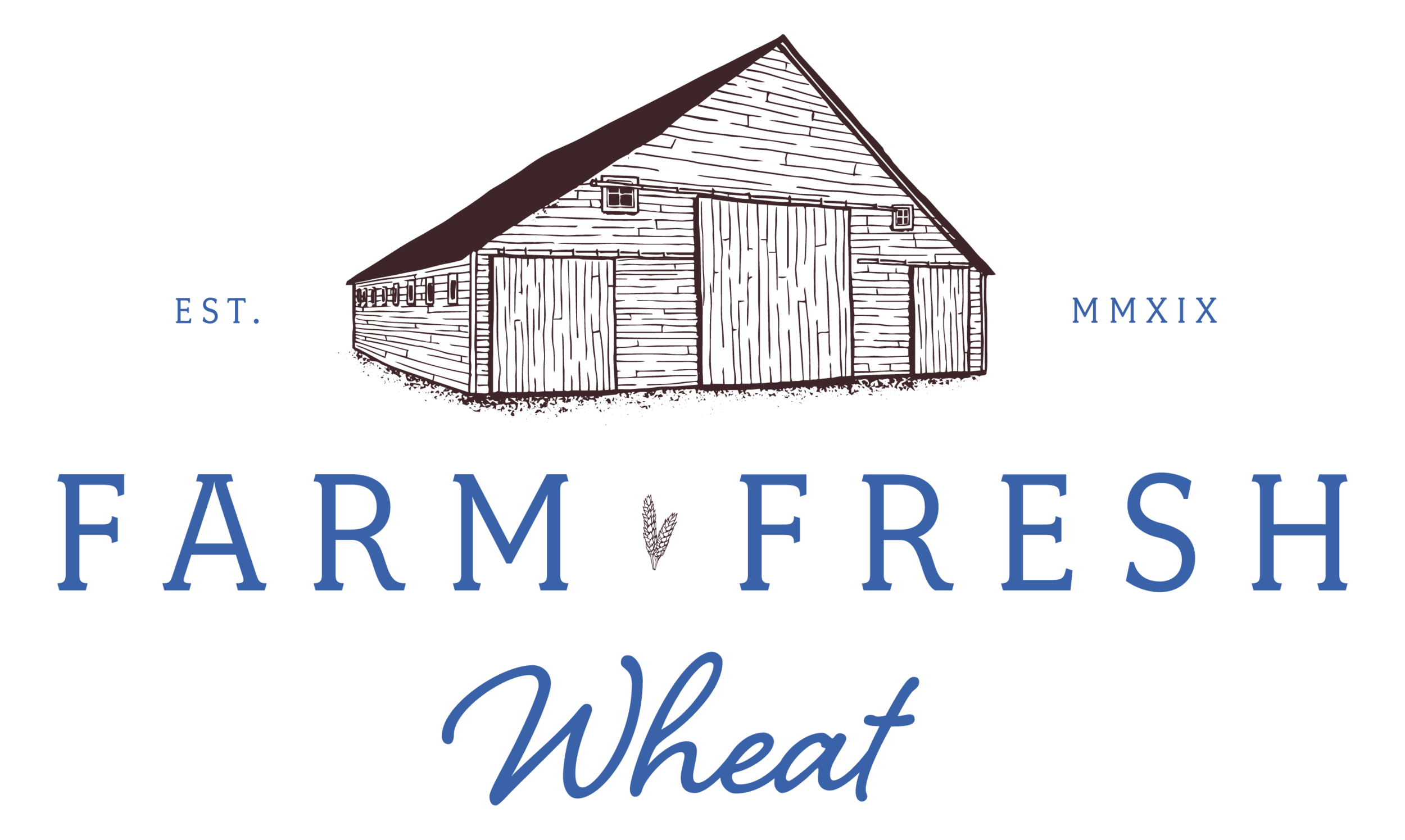May Farm Update
Hi Friend,
Isn’t it funny that as you get older, time seems to fly by more quickly? This seems to be more true in a COVID-19 world. The change of routine has made the months blur together on the farm. I know this time has been tough for many of you. I hope you know you’re in our prayers!
May is over (I’m trying to wrap my head around that), and harvest is only 6-8 weeks away. The wheat changed so much last month! At the beginning of May, the wheat looked like overgrown grass that needed a trim. Last week we noticed the heads of wheat emerged. And today, I noticed that the wheat is hip high in places as I waded out in the middle looking for my lost dog (we found him by the way and he’s safe at home).
Kevin took a picture of wheat heads against a stormy sky during last Saturday’s lightning storm. It was a spectacular show, but unfortunately very little rain fell in our area.
We started the month of May by getting our cows settled in summer pasture. During the summer we try to be as hands off as we can with the cows. Not only does this give us more time to focus on field work, but it puts less stress on the cows as they happily roam the pastures. We check waters and salt every couple of days to make sure the cows are safe and happy, and move them to a new pasture when they’re ready.
Cows and calves settling in to their summer pasture.
We also finished fertilizing last month. We were interrupted for a couple of days by rain, but we still finished on time. Fertilizing is a very strategic process that requires us to really know our soil. I’m hoping to be able to show you our fertilizing process in a blog post soon.
Sunset view towards the Cascade Mountain Range during fertilizing.
As we head into June, we are praying for more rain. It’s been a dry year, and it is turning hot quick. The lack of moisture and large temperature fluctuation stresses the wheat plants causing them to “burn”, or dry up. As the heads of wheat are forming their kernels, now is the time for moisture. It helps fill out the wheat berries and keeps the plants healthy.
We’ll keep you posted as we get closer to wheat harvest. 2020’s wheat crop is almost ready!
Best,
The Sieverkropp’s



